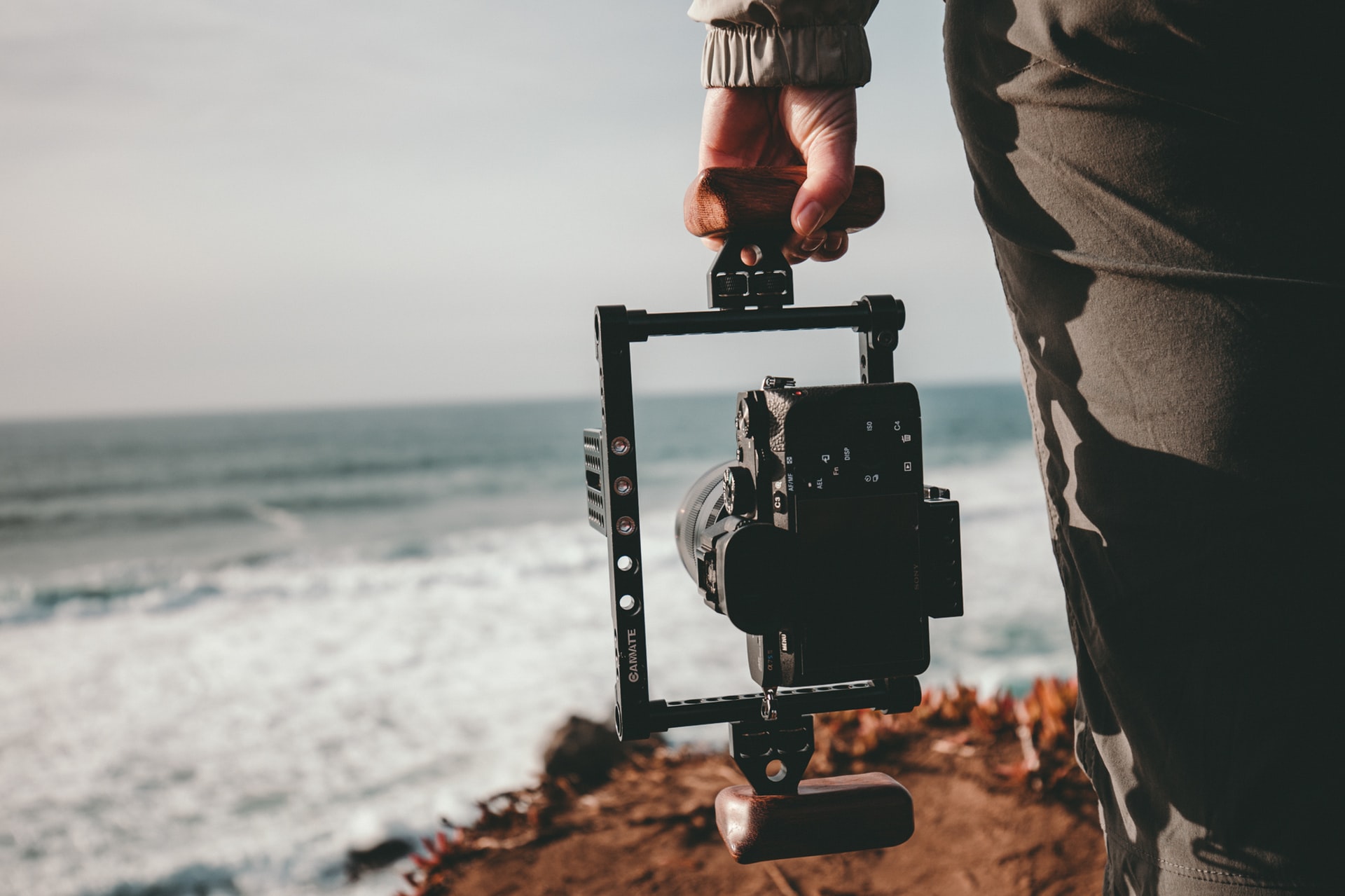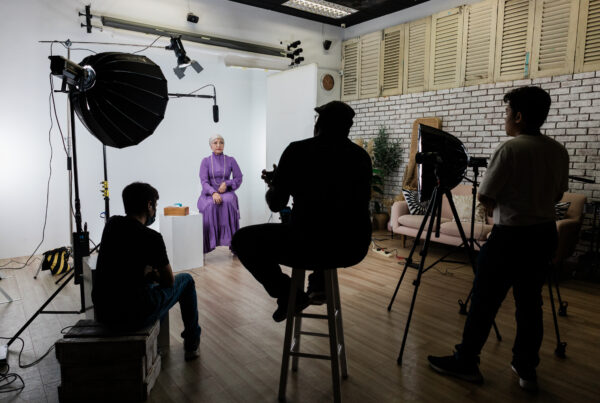Ever been in a situation where you’re trying to explain what your company video needs, but the video producer you’re working with just isn’t getting what you mean?
This is because creating videos is essentially, an art form. And art is subjective!
So if you were to say something like, “The pace of this video should be fast and it should evoke a sense of urgency in our viewers.” that would be more specific and much easier for a producer to understand. Whereas saying something like, “I want a good video that will make people buy my product,” leaves the term “good” up to individual interpretation which can lead to misaligned expectations between you (the client) and the production team that you’re working with.
The point is, it is helpful whenever someone communicates their preferences by using the right descriptive words, and that happens when we understand what goes into making a video.
1. Storytelling
As video creators, before we start talking about video styles, we first need to understand what story your company wants to tell through your video. If this is an advertisement or an introduction to what your company does (like a standard corporate video), storytelling is a powerful tool that you can use to captivate your audience.
A study by Stanford University has shown that stories are remembered up to 22 more times than facts alone. This means that showing how valuable your company or product is by listing out all your company’s accolades or all your product features won’t get your audience to remember your company. But telling a story will.
Let’s take a page from the movies. Movies are stories – there’s always a beginning, a build up, a climax and an end. There is usually a hero, a villain, and a cause or mission to accomplish. At the end of it all, there may be one or more key message that the audience receives from the whole story.
What would that look like for your brand’s story and how can you produce a video that conveys that?
Watch this video below for a better understanding of how powerful storytelling is in advertising.
2. Pace
Pace refers to how viewers are guided through scenes of a movie (or any video). It can be fast or slow. Both have their benefits and purposes. Fast paced scenes are often used to create a sense of excitement or urgency. it also captures attention quicker. It isn’t necessarily used to reduce the full video duration just to meet, say… a 2-minute video goal. The important thing is to be clear about what you want your viewers to feel and experience when they watch your video.
Take this video below as an example of a fast paced video. You’ll see that the scenes don’t remain on the screen for long and cuts to new scenes that follow, are done very often. All this helps to give us a sense that there’s a lot going on, there’s a sense of urgency, and it almost invites us to be part of the excitement – as if we were really there.
What about slow-paced videos? The assumption is often that slow paced videos are boring and don’t capture the viewer’s attention. But its not always true. Again, it depends on what you want your viewers to get out of your video.
For example, most of the movie The Arrival goes at a slow pace. This could be because the director wants to give you the space and time to absorb the big idea behind the message that this story is about. The movie is not meant to entertain. It is meant to be thought-provoking and contemplative.
What can that look like in the advertising world? Perhaps a style like this would work for products and services that require us to consider seriously such as life insurance.
3. Music and mood
People are emotional beings. In storytelling, background music plays a very important role in creating emotions. There’s a higher chance that people will engage with the key message of your video when they’re able to feel something when watching it. So its worth putting in some effort to get the right music to match your video.
Even if you’re just using generic stock music, its important to find an audio track that has the right melody, pace, and instruments used to evoke the emotions that you want your audience to feel. It helps to create a certain mood for the visuals that the audience is seeing in your video.
The video below explains this further with good examples.
There’s more to the list of course. A solid script, effects, costumes and props, shooting location, suitable talent, graphics, shooting styles… the list goes on and we’ll be able to cover them in another article. For now, we hope these examples start to give you a good idea of what to consider when discussing video production with a production team.
Click here for more information about our video services.
Featured image by KAL VISUALS on Unsplash.





